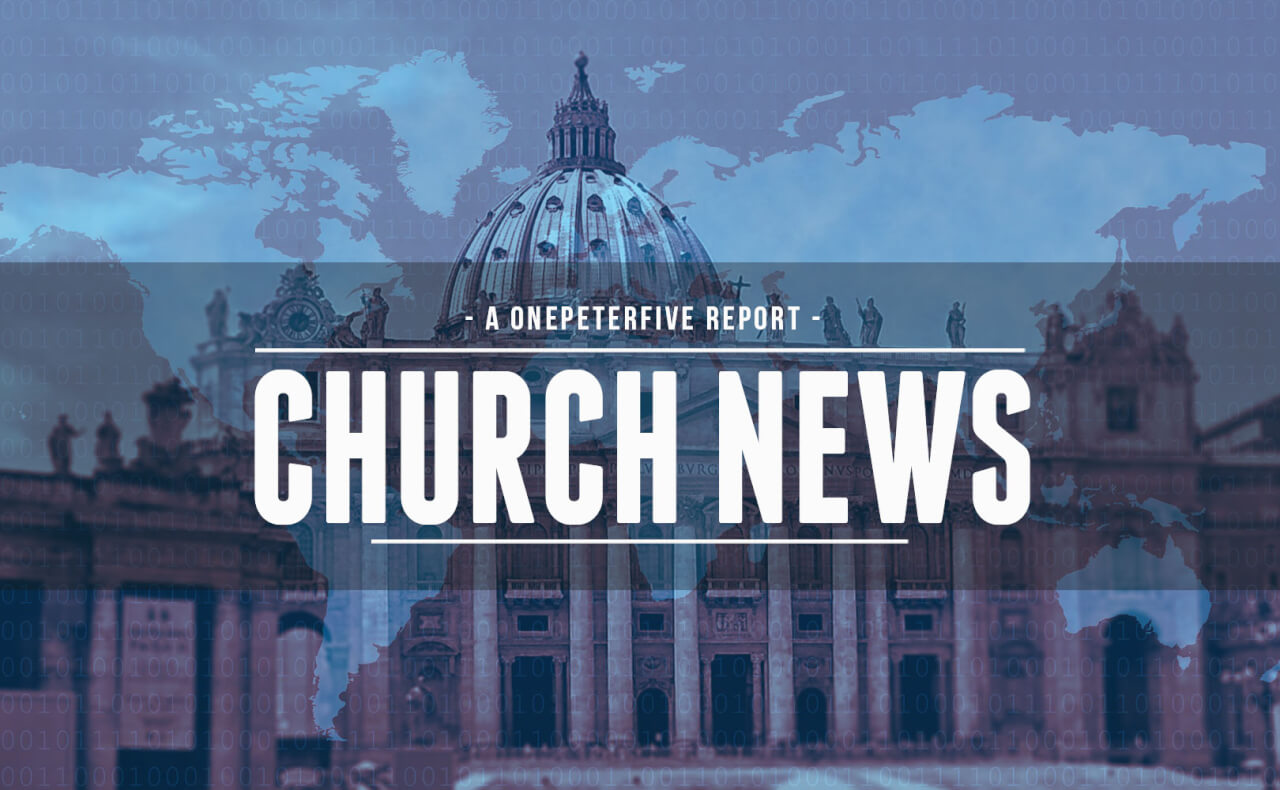|
Getting your Trinity Audio player ready...
|
The Vatican’s Dicastery for the Doctrine of the Faith (DDF)—in what has been described as a “crackdown”—recently released new norms for discerning apparitions. Revising a 1978 document on the topic, the updated norms, as a general rule, suspend judgment on the miraculous nature of alleged apparitions—arguably reflecting a neo-Modernist discomfort with the supernatural.
Under the old 1978 guidelines, there was a clear category expressing approval of an apparition (constat de supernaturalitate). Now, under the new norms, that category has been taken away, meaning an apparition can only be declared supernatural if, in an exceptional case, the pope formally declares it as such.
Meanwhile, the highest possible prudential conclusion from the Vatican is now the nihil obstat, meaning “no aspects that are particularly critical or risky have been detected.” This designation does not indicate certainty about the event but does include an appreciation for it spiritually and pastorally, making it possible for a cultus to be encouraged.
Notably, the new norms further centralize the overall process of discerning alleged supernatural phenomena. While bishops remain entrusted with the task of investigating these events, the Vatican’s DDF must give final approval before the bishop makes a determination on the case.
In the text of the new norms, Cardinal Victor Manuel Fernández, head of the DDF, gave this backstory:
To prevent any further delays in the resolution of a specific case involving an event of alleged supernatural origin, the Dicastery recently proposed to the Holy Father the idea of concluding the discernment process not with a declaration of “de supernaturalitate” but with a “Nihil obstat,” which would allow the Bishop to draw pastoral benefit from the spiritual phenomenon. The idea of concluding with a declaration of “Nihil obstat” was reached after assessing the various spiritual and pastoral fruits of the event and finding no substantial negative elements in it. The Holy Father considered this proposal to be a “right solution.”
At the press conference for the presentation of the new norms, journalist Diane Montagna asked Fernández how people would be able to “trust the truth of the phenomena” when the new guidelines “avoid the crucial issue of a reliable miracle, that is, of the supernatural.”
Fernández responded that the nihil obstat could assist people in trusting. Then he continued:
And then each one believes if he wants, and if he sees that it is good for him, he believes or not. But it’s a prudential decision. One cannot ask for a declaration of supernatural origin in order to decide in this case, precisely because the risk of declaring [an apparition or phenomenon] to be supernatural is that of giving it full certainty. Then no one could ultimately doubt. …It is not convenient to make declarations of supernatural origin…
Fernández’s discomfort with the thought of making declarations of supernatural origin is telling. Why is it not “convenient” to do so?
To better understand this question, perhaps we need to talk about Neo-Modernism.
Modernism—as the recent letter calling for Pope Francis’s resignation explains—was a movement in the late nineteenth and early twentieth centuries. Key Modernist thinkers denied Catholic doctrines—and even the existence of divinely revealed truths. In the 1930s, this movement was resurrected in the form of neo-Modernism.
According to the letter asking for Francis’s resignation:
The essence of this neomodernism was the claim that neither the Scriptures nor Catholic dogma were themselves divinely revealed truths. Instead, they were human interpretations of divine revelation. As such, they were subject to the cultural and personal limitations of their human authors.
As the letter goes on to say, Neo-Modernists used Protestant Biblical criticism, which rejected the miraculous and the supernatural. This line of thought yielded “skeptical conclusions, which denied the existence of miracles” and more.
So Neo-Modernism carries an antipathy toward miracles and the supernatural. And, according to the letter calling for Francis’s resignation, this neo-Modernism is the interpretive key to Francis’s pontificate.
We are operating, then, under a neo-Modernist crisis of faith. So it is unsurprising, given this context, that we would see a norms document that distances itself from the very possibility of ruling on the miraculous.
To return to the apparition norms, according to Unam Sanctam Catholicam, the blog of Catholic author Phillip Campbell,
I suspect the crux of the matter is that the Church is terrified of being mocked by reductive science. …You can see from the document that Fernandez is not even comfortable with previous declarations of constat de supernaturalitate, as he goes out of his way to stress that historical judgments of the ‘supernaturalness’ of prior events are subject to revision. In theory, even the supernatural nature of apparitions like Guadalupe or Lourdes could be reversed.
In other words, in our neo-Modernist milieu, it becomes even more urgent for the Church to downgrade the supernatural. So great is the fear of being mocked by science that even past approved apparitions stand the possibility of being reversed in judgment.
“This policy will weaken people’s faith in credible apparitions while failing to curb the spread of the less credible,” continues the writer at Unam Sanctam Catholicam.
Indeed, by effectively removing the possibility of granting approval to an apparition, chaos ensues. Barring some special intervention by the pope, no apparition can be declared approved, and most apparitions—the true and the false—presumably get mixed together in a layer of ambiguity.
It remains to be seen just how much confusion these norms may cause.


